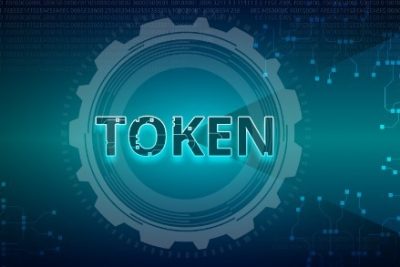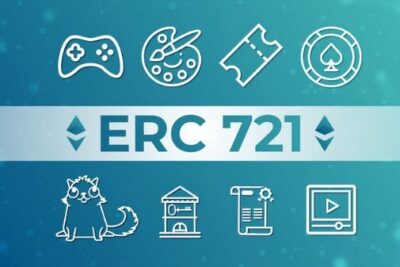

What Is Layer 2 Blockchain? Seeking For Top Best Layer 2 Crypto
16 June 2022
Let’s bePAY helps you to research what is layer 2 crypto and the layer 2 cryptosphere blockchain. If you are familiar with blockchain scalability, you are also familiar with layer 2 cryptosphere blockchain. The expansion and adoption of blockchain networks are reliant on their scalability. The demand for layer 1 blockchain solutions would arise at this point. That’s where layer-2 comes in to help.
What are layer two blockchain crypto solutions? What differentiates them from blockchain-based layer 1 solutions? In this post, we will examine the principles of blockchain layer 2 in greater detail. A comprehensive comparison of criteria in crypto layer 1 vs. layer 2 blockchain and a search for the best layer 2 crypto coins in amongst layer 2 crypto list.
What Is Layer 2 Blockchain?
The second framework or protocol constructed on top of an existing blockchain system is referred to as Layer 2 (Layer-2 or L2). The fundamental purpose of these protocols is to tackle the transaction speed and scaling challenges that are being faced by the major cryptocurrency networks.
In the case of Bitcoin and Ethereum, their inability to perform thousands of transactions per second (TPS) is detrimental to their long-term growth. Before these networks can be efficiently embraced and utilized on a larger scale, there is a requirement for increased throughput.
In this sense, “layer 2” refers to the several proposed solutions to the blockchain scalability issue. Bitcoin’s Lightning Network and Ethereum’s Plasma are two notable instances of layer 2 solutions. Despite having distinct operating principles and characteristics, both technologies aim to boost blockchain systems’ throughput.

What is layer 2 blockchain?
The Lightning Network is specifically based on state channels, which are essentially attached channels that perform blockchain activities and report them to the main chain. State channels are predominantly used for payments. In contrast, the Plasma architecture consists of sidechains, which are effectively tree-like arrangements of mini blockchains.
In a larger sense, layer 2 protocols establish a supplementary framework in which blockchain transactions and operations can occur independently of layer 1 (Layer-1, or L1) protocols (main chain). Consequently, these strategies are sometimes known as “off-chain” scaling solutions.
As the second layer is added as an extra layer, the main chain does not need to undergo any structural changes. This is one of the primary advantages of off-chain solutions. Consequently, layer 2 solutions can achieve high throughput without compromising network security.
In other words, a substantial amount of the work that would be performed by the main chain can be shifted to the second layer. Consequently, although the primary chain (layer 1) provides security, the second layer enables high throughput, with the capacity to process hundreds or thousands of transactions per second.
What Are The Differences Criterias Of Layer 1 Vs Layer 2 Cryptosphere?
Layer 1 Scaling Solution
A Layer 1 network is a blockchain in the decentralized ecosystem, whereas a Layer 2 protocol is a third addition that might be utilized in conjunction with a Layer 1 blockchain. Included in Layer 1 blockchains are Bitcoin, Litecoin, and Ethereum. Layer 1 scaling solutions augment the blockchain protocol’s foundation layer to increase scalability. Numerous techniques are continually being developed and applied to improve the scalability of blockchain networks.
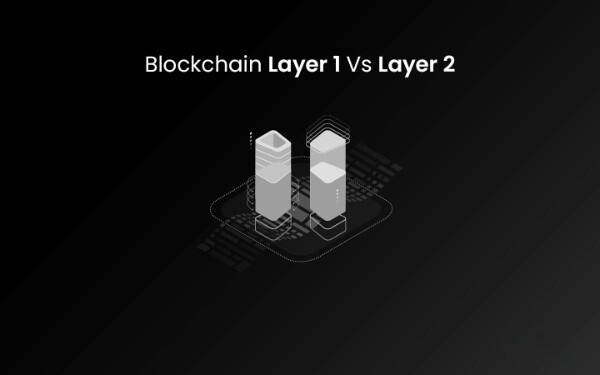
Layer 1 vs layer 2 cryptosphere
Here is how it operates: Layer-1 solutions directly modify the protocol’s rules to boost transaction capacity and speed, as well as to accommodate additional users and data. In order to increase network throughput, Layer-1 scaling options may involve increasing the quantity of data in each block or the pace at which blocks are verified.
Layer 2 Scaling Solution
Layer 2 blockchains utilize the native layer to boost efficiency. Layer 2 effectively offloads transactions by shifting a portion of the transactional weight of Level 1 blockchain to another system design.
The processing burden is subsequently managed by the Layer 2 blockchain, which notifies Layer 1 of the finalized results. Because this neighboring auxiliary architecture handles the majority of the data processing burden, network congestion is decreased; the Layer one blockchain is also more scalable.
Bitcoin is an example of a Layer one blockchain, whereas the Lightning Network is a Layer 2 scaling solution that simultaneously takes Bitcoin’s load and reports it to it. As a result, the Lighting Network accelerates the processing of the Bitcoin blockchain.
In addition, the Lightning Network incorporates smart contracts into the Bitcoin Layer 1 network.
>> For those who love to do deep research on Sidechain
A quick look at crypto layer 1 vs layer 2:
| Compared Traits | Layer 1 | Layer 2 |
| Definition | Layer 1 scaling solutions are modifications to the core protocol of a blockchain network that increase scalability. | Layer 2 scaling solutions utilize off-chain services or networks to boost scalability. |
| Solution | Adaptations to the underlying protocol, like scaling, can be assisted by larger block sizes, or other consensus techniques can assist scaling. | Off-chain alternatives share transaction ordering and process efforts to promote scalability. |
| Types of change for scalability |
|
|
| Types of cryptocurrency | Native coins | Tokens built up on blockchain |
Benefits Of Layer 2
Layer 2 scalability solutions are essential because they provide scaling and higher throughput while preserving the Ethereum blockchain’s integrity, hence delivering total decentralization, transparency, and security while reducing carbon emissions.
Despite the fact that Ethereum is the most popular and possibly most secure blockchain, it is not without flaws. The Ethereum Mainnet is well-known for its long transaction times (13 per second) and high gas fees. Since they are constructed on top of the Ethereum blockchain, Layer 2 transactions are secure, fast, and scalable.
Each system has its own advantages and disadvantages, including throughput, gas costs, security, scalability, and performance, among others. No layer 2 solution currently meets all of these requirements. Rollups, however, are layer 2 scaling algorithms that aim to increase all of these properties.

The advantages of layer 2
Limitations Of L1 And L2
Blockchain stacking has numerous advantages. The key benefit of Layer 1 solutions, for instance, is that developers do not need to add anything to the existing architecture because the base layer is modified.
Meanwhile, Layer 2 scaling solutions do not modify the protocol at the base layer. In addition, these systems permit many microtransactions without requiring consumers to pay exorbitant transaction fees or spend time on miner verification. Nonetheless, both of these blockchain levels have restrictions that must be considered.
Improvement Of Current Protocols
Adding blockchain layers to existing protocols is the primary difficulty associated with them. Bitcoin and Ethereum both have billion-dollar market capitalizations. Users exchange billions of dollars per day. Since this would cost a great deal of money, it makes little sense to complicate the process with unnecessary code and experimentation.
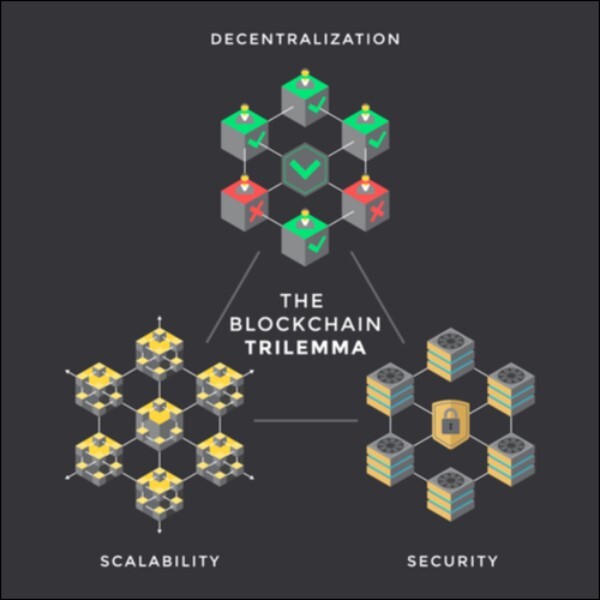
A problem of blockchain
The Blockchain Trilemma
Vitalik Buterin, the founder of Ethereum, coined the phrase “scalability trilemma” to describe the ability of a blockchain to balance three organic properties:
- Security
- Scalability
- Decentralization
The trilemma asserts that blockchain technology can only possess two of the three traits, never all three simultaneously. Consequently, the existing blockchain technology will always be required to sacrifice one of its core qualities. Bitcoin is a prime illustration of this. While its blockchain has optimized decentralization and security, scalability has been compromised – through no fault of its own.
Top Best Layer 2 Crypto Coins
Polygon (MATIC)
MATIC, the native token of the Polygon network, is the first option on our list of the best layer 2 crypto coins to buy. Polygon, formerly known as the Matic Network, is a blockchain scaling platform that enables the building and integration of Ethereum-compatible blockchain networks. It promotes itself as the “Internet of Blockchains” for Ethereum, collecting scalable solutions for a multi-chain Ethereum ecosystem.
Most crypto industry insiders are already familiar with Polygon’s MATIC asset. The asset has grown in popularity over the past year due in no small part to its price appreciation.

Polygon
Importantly, the platform is becoming a hub for non-fungible token (NFT) activity, which is among the asset’s numerous interesting projects. This Monday, the Associated Press opened a new NFT marketplace on Polygon, where its photographers could sell some of their most iconic photographs as NFTs.
OMG Network (OMG)
OMG is next on our list of the best layer 2 crypto coins to purchase. The coin is the native token of the OMG Network, formerly OmiseGo.
OMG Network promotes itself as the first layer-2 Ethereum calling solution suitable for production. Its purpose is to make it easier for individuals to transfer money and digital assets on the Ethereum blockchain, with faster speeds and reduced transaction fees, while keeping the highest level of security.
OMG Network operates under the premise that the majority of digital payments are made through single apps nowadays. This indicates that users are not transferring funds between platforms seamlessly. OMG Network intends to utilize its infrastructure to trade assets on behalf of customers, sourcing liquidity for Ethereum blockchain trades and transactions.

OMG network
Arbitrum
Arbitrum is a noteworthy addition to the scaling solutions layer 2 crypto list of coins for all the right reasons. Off-chain Labs has launched Arbitrum with capabilities for close Ethereum compatibility, allowing Solidity developers to cross-compile their smart contracts more easily. Validators, the compiler, and the EthBridge are the three primary components of Arbitrum.
The compiler facilitates the compilation of a variety of Solidity smart contracts into an executable file compatible with operating on the AVM or Arbitrary Virtual Machine.
Validators are primarily responsible for the majority of off-chain activity, in addition to monitoring the AVM’s condition.
ETHBridge is a decentralized application that is implemented on the main Ethereum network. It acts as a link between Ethereum’s main network and Arbitrum.
Curiously, Arbitrum does not have a native token and has no intention of issuing one in the near future. Support for sidechain aggregation of transactions, often known as roll-up technology, is an additional important aspect of Arbitrum as one of the most effective Ethereum layer 2 solutions. Notable entries on the list of Arbitrum’s partners include Chainlink, Graph Protocol, OKEx, and a number of others.
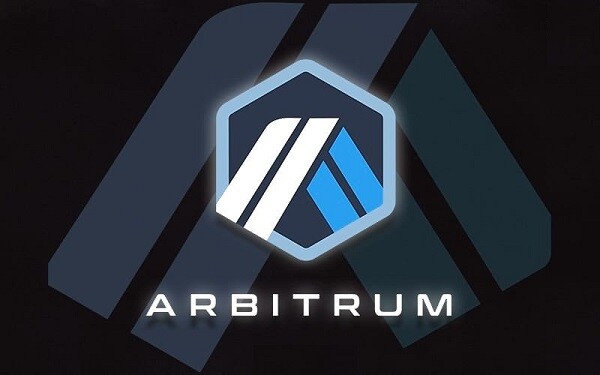
Arbitrum
Optimism
Optimism is another of the best layer 2 crypto coins. It is one of the leading scaling options for Ethereum that can enhance the affordability of transactions. In addition, it can facilitate significant transaction speed improvements for Ethereum users. With a few exceptions, developers could simply design Solidity smart contracts capable of operating on Optimism.
In addition, layer 2 contracts on Optimism can communicate with off-chain programs such as user interfaces and wallets. Optimism’s cooperation with Synthetix is one of the album’s most notable features. The platform has recently announced that SNX token holders would be able to invest in Optimism layer 2 solutions. Additionally, Optimism has formed alliances with Rubicon and Etherscan.
Use the Ethereum flashcards to familiarise yourself with common terminology!

Optimism
xDAI Chain
xDAI Chain would be the final addition to the top Ethereum layer 2 scaling options. It is essentially a sidechain built on Ethereum that facilitates faster and cheaper transaction processing for users. Proof-of-Stake (PoS) is the consensus technique utilized by xDAI Chain to enable users to stake native xDAI tokens on the network in order to become validators. xDAI is, most importantly, a stablecoin.
Its integrations and partnerships with other projects and platforms have fueled the xDAI ecosystem’s continuing expansion. The xDAI platform currently has a number of significant partners, including Unifty, Chainlink, Ramp Network, CardStack, HOPR, SushiSwap, Ankr, and others.
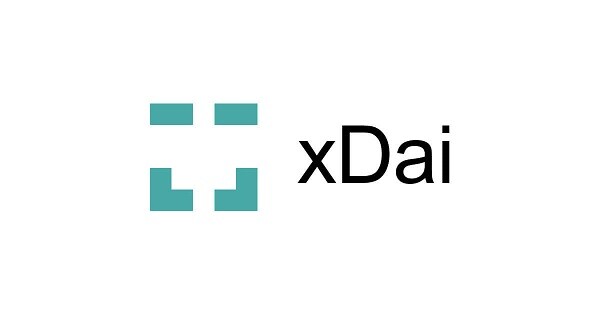
xDAI Chain
FAQs About Layer 2
How Many Blockchain Protocol Layers Exist?
Until now, there are four blockchain protocol tiers.
Layer-0: The Network Category Layer, acts as the blockchain’s primary communication layer. A peer-to-peer network is built on the network layer, which contains protocols for data transmission.
Layer-1: The Fundamental Layer, which comprises crucial cryptographic protocols that guarantee the blockchain’s security. This layer of cryptographic protocols is crucial for the integrity of operations, the secure distribution of data, and the consensus mechanisms of the blockchain.
Layer-2: Execution of the virtual environment may comprise virtual environments, blocks, transactions, and smart contracts. This layer contributes to the speed and scalability of the blockchain by executing operations such as value transfer, smart contract execution, and block production.
Layer-3: Consists of Dapps, Decentralized Autonomous Organizations (DAO), and autonomous agents.
What Are The Main Approaches Of Layer 2 Scaling Solution?
Layer 2 Blockchain Scaling Solution usually approaches nested blockchains, state channels, sidechains, and rollups.

FAQs about layer 2 blockchain
Final Thoughts
Scalability is the most significant factor preventing the widespread adoption of cryptocurrencies. To ensure that cryptocurrencies are scalable and quick enough for daily transactions, we need protocols designed specifically to handle this issue. This is why initiatives like Algorand are essential, and we can only hope that more projects will give a realistic answer.

What Is SegWit? And What Does It Solve For Bitcoin
25 March 2022
Private Keys – The Crucial Elements To Save Your Fund
27 April 2022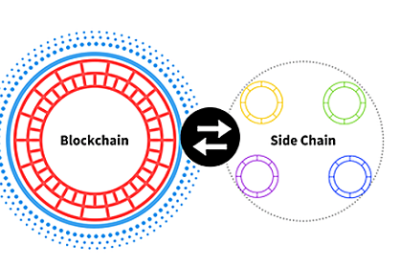
What Are Sidechains? In-depth Compared With Layer 2
10 June 2022
